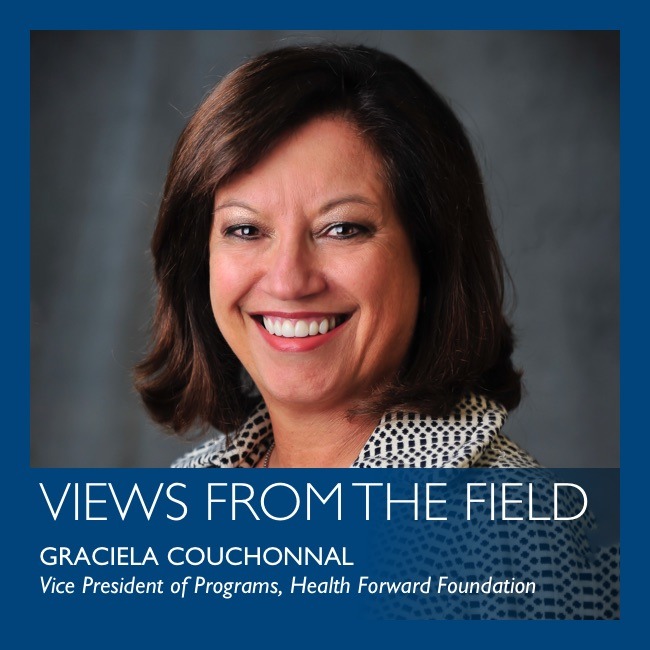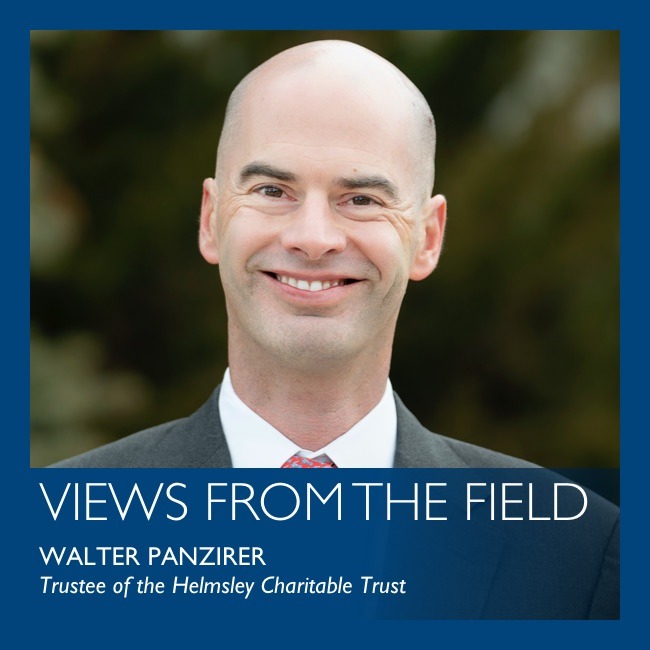Supporting Clinics to Serve as Community Hubs for Health in Central Texas
In Texas, the lack of access to health care, coupled with inadequate and under-resourced systems, has had a profoundly negative impact on communities of color and underserved areas. COVID-19 has laid bare the severity of these issues even more so. These factors, and our commitment to achieving health equity, have informed the St. David’s Foundation’s primary care safety net strategy.
Philanthropy Uniquely Positioned to Address Innovations in Safety Net Health
Health Forward Foundation is celebrating 15 years of grantmaking. In this time, the foundation has anchored access to safety net health care for those most in need in the Kansas City region. Along the way, we have learned valuable lessons about maximizing our investments through innovations and partnerships to benefit those most in need.
Maximizing Impact in a Limited Time: Time-Limited Programs and Foundations
Some foundations institute time-limited initiatives to maximize resources. Others adopt a spend-down approach to have impact within a short organizational lifespan. Both situations provide opportunity for a health-focused foundation to accomplish goals with urgency, but pose the challenge of doing so without the luxury of time. ClearWay Minnesota and Missouri Foundation for Health have embraced strategic and tactical advantages of being life-limited and having time-limited programs, respectively, to address persistent health issues.
Growing Local Philanthropy to Improve Health
Community foundations are often in the best position to bring partners together, across sectors and geographies, and to tackle the complex set of issues facing their residents. They represent a network that can serve as a powerful force, including to improve health outcomes. Recognizing this, Kansas Health Foundation launched the Giving Resources to Our World Initiative with the goal of strengthening local philanthropy in communities across Kansas.
Defeating the Deadly Double: Depression and Diabetes
Inadequate access to mental health services, diabetes, and obesity are the top-ranked critical service gaps in virtually all community health needs assessments conducted by local health departments and nonprofit hospitals throughout Virginia. Diabetes and depression are also among the top three conditions treated in Virginia’s health safety net organizations.
Responding to COVID-19 and Beyond
In the early days of the COVID-19 pandemic, the Trust was compelled to do our part. Like most philanthropic organizations, we were determined to maximize impact and make grants quickly, while also adhering to our due diligence standards.
Innovation in the Safety Net
This country’s safety net health system has always been a place of innovation. The safety net includes community health centers and public hospitals that serve the 100 million patients who either have Medicaid or lack health insurance entirely. With limited resources and patients with complex medical, social, and behavioral health needs, the safety net has long had to innovate out of necessity.










